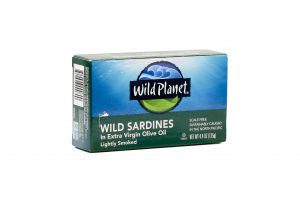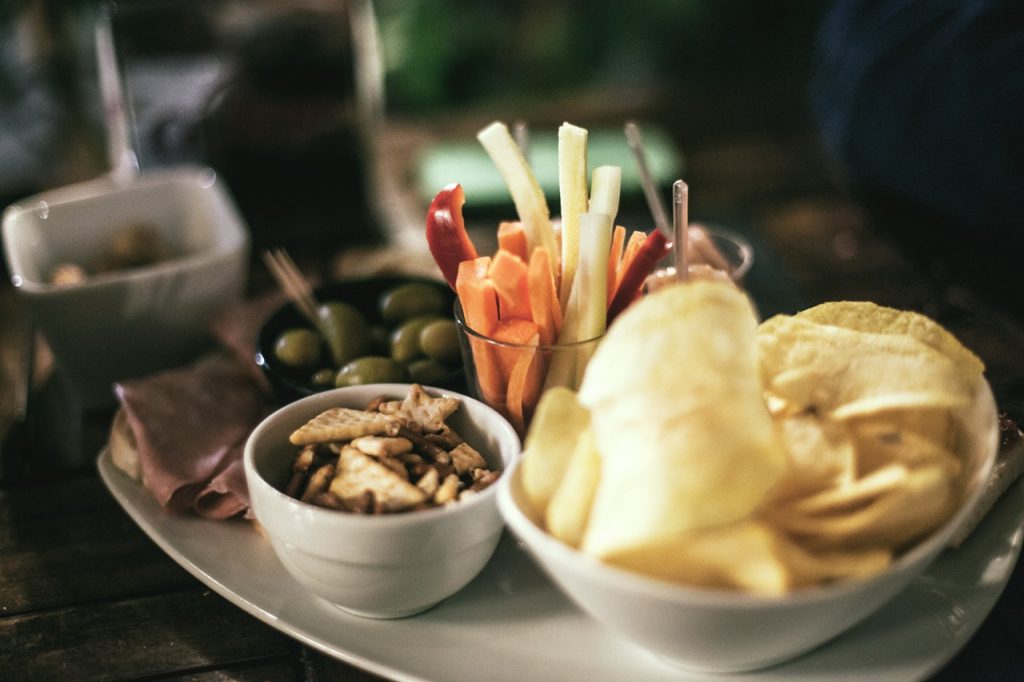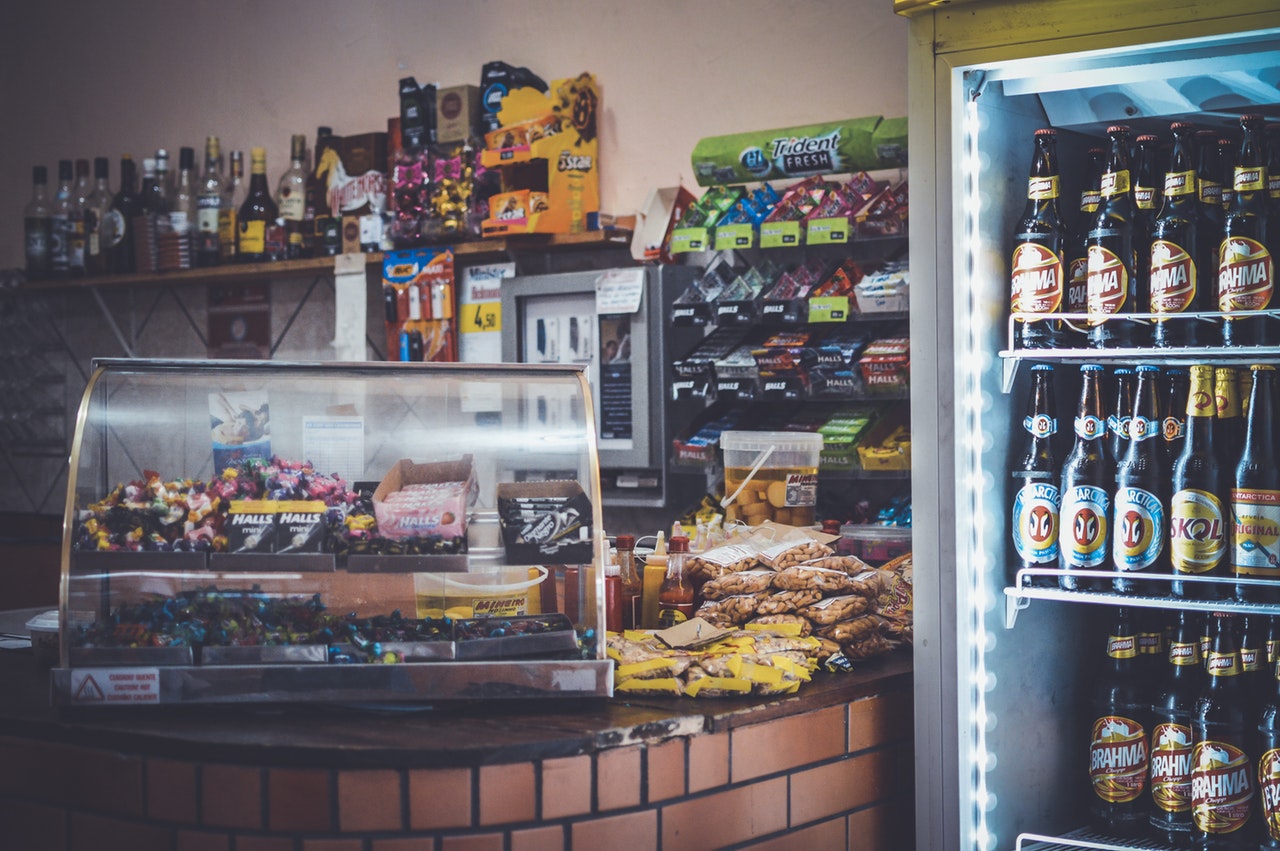Seafood Snacks Benefit from Health Halo
by
By Robin Mather
Snack industry observers know that the meat snacks segment has grown terrifically over the last several years. But rising consumer demand for high-protein snacks also has caused an uptick in interest in a subset of the meat snack channel: seafood snacks.
 Nielsen reported that consumers spent $6.10 on seafood snack buys, second only to meat snacks, in a recent report. Sales of seafood snacks grew nearly 200 percent in both 2013 and 2014, Nielsen said, and overall sales of seafood snacks were just under $2 million for 2017.
Nielsen reported that consumers spent $6.10 on seafood snack buys, second only to meat snacks, in a recent report. Sales of seafood snacks grew nearly 200 percent in both 2013 and 2014, Nielsen said, and overall sales of seafood snacks were just under $2 million for 2017.
“Easy, go-to snacks that are both convenient and healthy, such as salmon jerky, is a great lean protein option to stash in your desk or bag,” says Linda Cornish, President and Founder of Seafood Nutrition Partnership, a non-profit that raises awareness about the health benefits of seafood. It’s funded by both industry and non-industry donors.
Manufacturers are listening, she says.
Epic and Ruby Bay showed both sweet and savory salmon jerkies at the 2017 Sweets & Snacks Expo. The Huna Totem Corporation, an Alaska Native company founded in 1973, offers salmon jerky bites in regional flavors such as Spicy Firewood Honey, Savory Sea Kelp and Sesame, Wild Alaska Spruce and Salted Rhubarb and Raspberry under its Dear North brand. Fishpeople, a Portland, Oregon, company, has introduced its Wild Alaskan Salmon Jerky in several flavors: Sweet + Smoky, Lemon Zest + Herb, Ancho Chili + Lime, and Rainbow Peppercorn.
“Consumers are looking for bolder flavors; they’re open to trying spicier things,” says Laura Ali, Senior Manager of Nutrition and Regulatory Affairs for StarKist, which has developed a line of single-serve 2.6-ounce tuna pouches. “They’re looking for convenience items. We’re all busy, but we know that we need to eat healthy food.”
The pouches have a three-year shelf life and don’t require refrigeration, so they’re great for a desk drawer at the office, or a purse at a kid’s soccer game, she says.
“They’re really easy to add as a healthy snack. You can eat it right out of the pouch, or put it on a salad or some vegetables. It gives you that little protein boost to get you through the afternoon.”
Seafood snacks are a logical choice for increasingly sophisticated consumers, she says, because “they understand and are looking for products that are high in protein and that taste good. They’re realizing that good fats, such as Omega 3, and vitamins like Vitamin D, are important, and they’re trying to incorporate more into their diets.”
Gone is the humdrum tin of tuna destined only to be made into ho-hum tuna salad. Today’s snacker wants lively flavors, says Ali, which StarKist supplies in the form of on-trend flavors such as ranch and honey BBQ, as well as international flavor profiles such as ginger sesame, red curry and Korean BBQ.
“Seafood snacks definitely fit a lot of lifestyle choices that people are making,” she says. “Many are gluten-free, many are more clean label, with ingredients you’re familiar with. People understand that these are healthier products, healthier choices. I think that’s what’s driving this interest in seafood snacks.”
Don’t Forget Canned Seafood Snacks
“I don’t know if people think of canned as well as fresh seafood snacks,” says Sue Jacobs, Vice-President of Marketing for Wild Planet, based in McKinleyville, California. “But if they don’t, they should.”
Wild Planet, which has made its name by sourcing its fish from sustainable fisheries in the wild, offers both canned and pouched snacks, she says.
“A tin of sardines is an excellent snack. One can of sardines in extra virgin olive oil offers 18 grams of protein and 1,800 mg of Omega 3 fats. Those are good fats – they should be there, and there’s no reason to extract them.”
That fits with what seems to have become the first rule of snacking: What’s in it for me?
“It used to be that a snack was a bag of chips or a candy bar, but snacks are really becoming a fourth meal for many,” Jacobs says. “People are looking to fill that (nutritional) void, and seafood checks all the boxes. Is it satisfying? Check. Does it taste good? Check. Is it healthy? Check.”
Canned and pouched snacks also check another box: Portability.
“Single-serve portions suit our lifestyles. I keep them in the car, and I have sat in traffic in New York, eating a pouch of tuna,” says Jacobs, who’s a self-described former triathlete. “A tuna pouch fits in the back pocket of your bike jersey, and it’s a great post-workout snack. They’re the perfect size for children. People send us pictures all the time – someone sent a picture of her three kids lined up at a theme park, all eating tuna pouches.”
Contemporary consumers are also concerned about where their food comes from, she says, and whether those sources of food are sustainable. “We offer quite a bit of information about the fish, the gear, and how we only fish where the biomass is abundant. Our tuna are line-caught with no bycatch; every fish is caught individually.”




